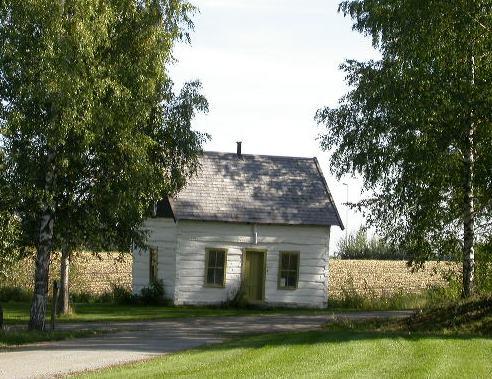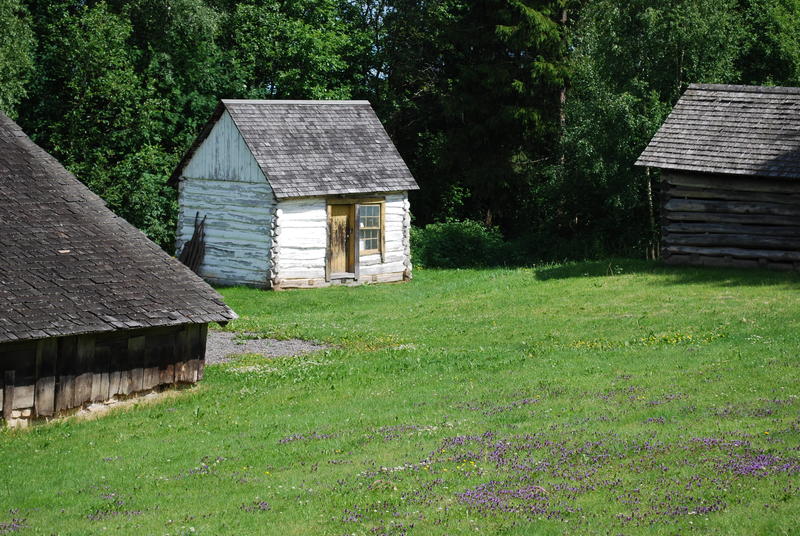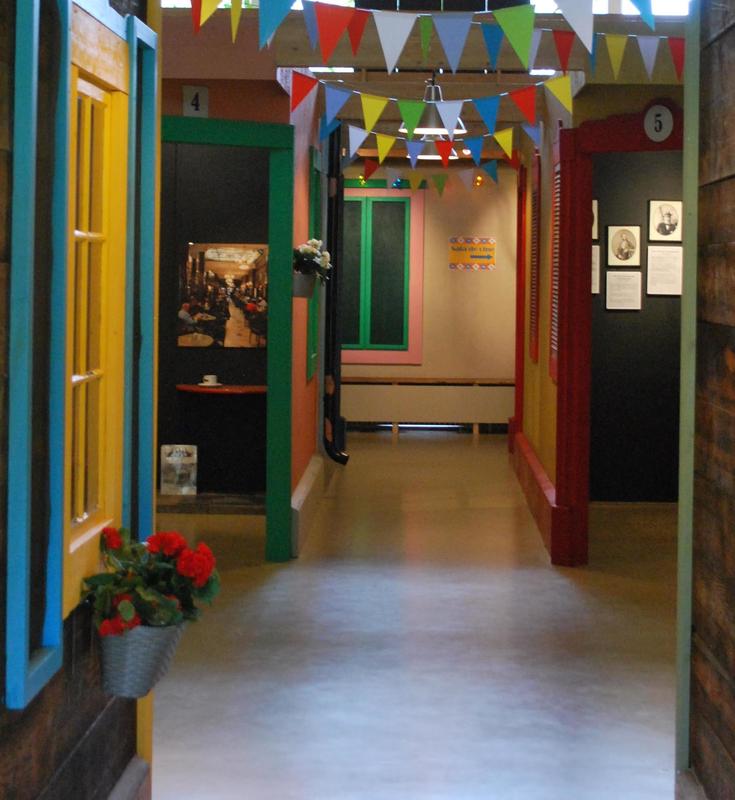Indeed, the number of their descendants living abroad today is larger than Norway’s population, and they can be found throughout Europe, the USA, Canada, Oceania, South America, Asia and Africa.
- 1/1
Many of those who left, however, did not intend to stay abroad for good. Perhaps as many as one fourth of the emigrants came home in the end. Beginning in the 1880's, the movement became more of a labor migration than a permanent emigration. After 1960, many older emigrants came back to Norway in order to enjoy their retirement in a place that they still considered their homeland.
- 1/1
In 1914, many emigrants returned to Norway to celebrate the 100th anniversary of the Norwegian constitution. It was this time that the idea of a museum devoted to the emigration first took hold. Due to hard times and war, the dream did not come true until the early 1950s. Then in 1952, Nordmanns-Forbundet (Norwegians Worldwide) and Norsk Folkemuseum (The Norwegian Museum of Cultural History) decided to move a Norwegian-American log house from the American Midwest to Bygdøy. They found such a building near Kindred, North Dakota, in the fall of 1954. It was dismantled, shipped to Norway, reassembled at Bygdøy, and dedicated as "The Norwegian Emigrant Museum” on June 22,1955. Today, the house is located at the entrance to the museum in Ottestad (see the picture above).
- 1/1
In 1972, the museum was moved to Hamar and became a part of the Hedmark Museum in that city. It then became an independent national institution in 1988. Today, following the politically mandated consolidation of Norwegian museums in the early 2000's, it is operated as a section of Anno Museum AS. The owner, The Norwegian Emigrant Museum and Research Center Foundation, is a shareholder in Anno.
Between 1988 and 1995, the museum attempted to establish itself at "Koigen" on the shores of Lake Mjøsa in the center of Hamar. After the flood in Lake Mjøsa in 1995, however, (see the picture above) it was moved to a new site in Ottestad in Stange municipality. In this location the museum has slowly developed its facilities to include office and exhibition space, a library, space for collections storage and management, and a museum park containing 8 historical buildings constructed by Norwegian emigrants in America.
Today the mission of the Norwegian Emigrant Museum is the same as it was over sixty years ago:
to increase our knowledge of the emigration of Norwegians to overseas destinations through collection, conservation and research, and to disseminate that knowledge through all available media, both in Norway and internationally. This includes the history of the emigration, the emigrants’ relation to and cultural development in their new country, their relationship to their country of origin, and in more general terms, how the knowledge of and lessons learned from the Norwegian diaspora can be applied to present-day international migration.
- 1/1
Many of our activities concern Norwegian emigration to the United States., a fact reflected in our outdoor museum (photo above). This is, however, based on another fact: that some 80% of all Norwegian emigrants went to that country. That said, it is also true that some 5% of the emigrants went to Canada and the remaining 15% could be found in nearly every country in the world. Therefore, our mission concerns not just the emigration to North America or the American Midwest. it also concerns Norwegian emigration before 1825 and after 1930, emigration to towns, and cities; and to countries in Europe, Africa, Asia and South America.
- 1/1




